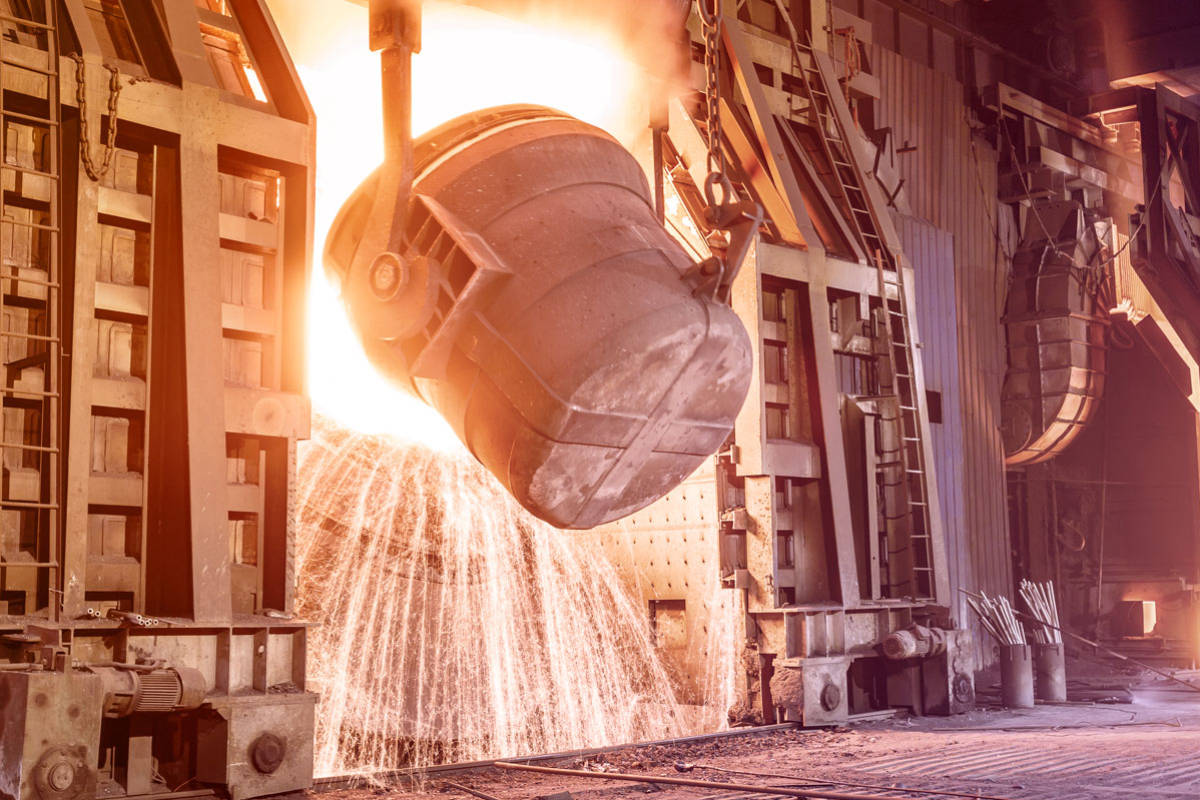Metallurgy Industry

The metallurgy industry covers a wide range of disciplines including, metal recycling, foundries, the manufacture of raw products and the manufacture of products and intermediates for the automotive, aeronautical and packaging industries for example.
There are many chemicals used within the sector which include paints, solvents oils, resins, polyurethanes and also surface treatment chemicals which adapt the surface of metals to resist corrosion, improve physical characteristics or to prepare the surfaces for other processes.
Examples of processes include:
Anodising: this is an electrolytic process which enhances a metals natural ability to oxidise. This is frequently performed on aluminium in a process generally using a sulphuric acid based electrolyte. Special applications may use alternative solutions such as sulphuric/oxalic acid, sulphuric/salicylic acid, chromic acid or phosphoric acid electrolytes.
Phosphating: this is the treatment of a metal surface with a hot phosphoric acid solution to create a passivation layer. This pre-treatment process prior to coating or painting, increases corrosion protection.
Electropolishing: this is a cleaning process that removes a fine layer of metal via an electolytic process using a variety of electrolytes to improve the surface of the metal. These electrolytes can include sulphuric acid, citric acid, chromic acid, and/or phosphoric acid. It may also include other organic compounds.
Pickling: a chemical procedure to brighten metal and remove oxides from the surface. Usually carried out prior to other surface treatment processes. This chemical process usually uses hydrochloric acid or sulphuric acid. Some metals require the presence of fluoride ions and in this case hydrofluoric acid is used. Particular care must be taken with this chemical due to the corrosive and toxic risks present. Hydrofluoric acid can have a lethal effect when in contact with the skin or eyes due to the chelation of calcium from the bloodstream.
The risks posed by the chemicals used within the plating industry must not be overlooked.
Chemical baths are generally open with labour intensive manual processes in operation, often in confined conditions. The risks of dosing the tanks with the concentrated chemical, splashes from the dipping process or items falling into the baths due to hook failure, drips from condensate on overhead pipes and the cleaning and emptying of the tanks must all be considered in risk assessments.
Chemicals of note in this industry:
Nitric Acid, Sulphuric Acid, Hydrofluoric Acid, Phosphoric Acid, Sodium Hydroxide, Hydrofluoric Acid
Diphoterine® is suitable for all chemicals listed - apart from Hydrofluoric Acid for which Hexafluorine® is recommended. These, used in addition with Trivorex®, Polycaptor® and Le Vert ®/ Le Vert HF®, can provide security in dealing with all chemical splashes and spills.
Additional Reading:
